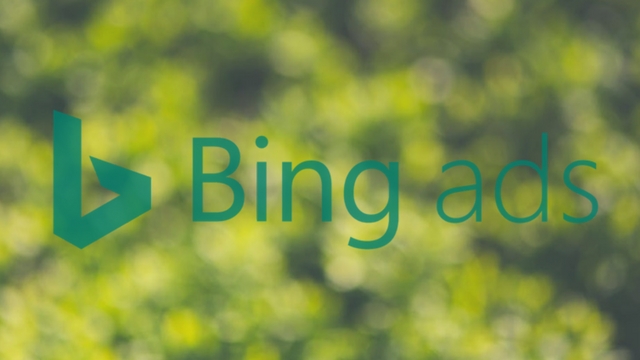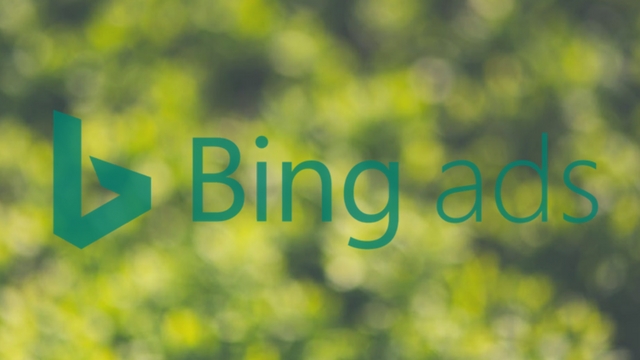
Bing is changing up how ads appear in its search engine by increasing the number of ads present at the bottom of the page and removing text ads from the sidebar of search results for US users.
Specifically, Bing is increasing from 3 bottom-of-the-page ads to 4 ads and removing sidebar text ads in the United States. Product ads, on the other hand, will remain within the sidebar.
This change also means that Bing will no longer be allowing advertisers from the US to run sidebar text ads at all.
According to the announcement, Bing was motivated to remove sidebar text ads because bottom-of-the-page ads often include richer ad formats that provide more in-depth information that possible in the sidebar.
While these changes are currently limited to the United States and Bing Ads will continue offering sidebar text ads in other countries, the company says it will be considering removing the ad type in other counties in the future.
As the announcement says, “as part of the constant evolution of the Bing search engine results page (SERP) to provide more value for our users and our advertisers we are regularly evaluating performance and quality of our ads, including ad position on the SERPs.”
Based on their data, Bing says removing the sidebar text ads increases the overall clicks for advertisers, especially those running Mainline Text Ads and Product Ads.





